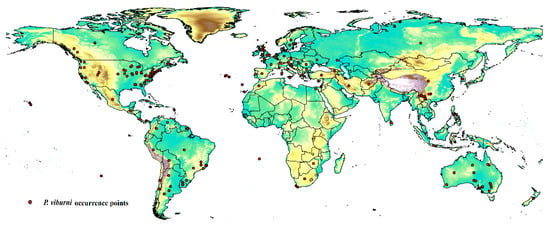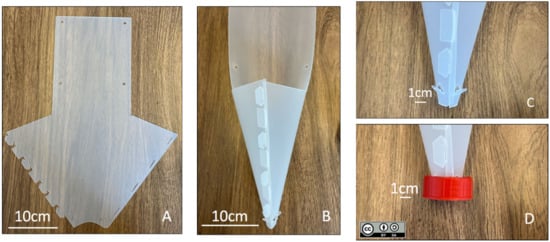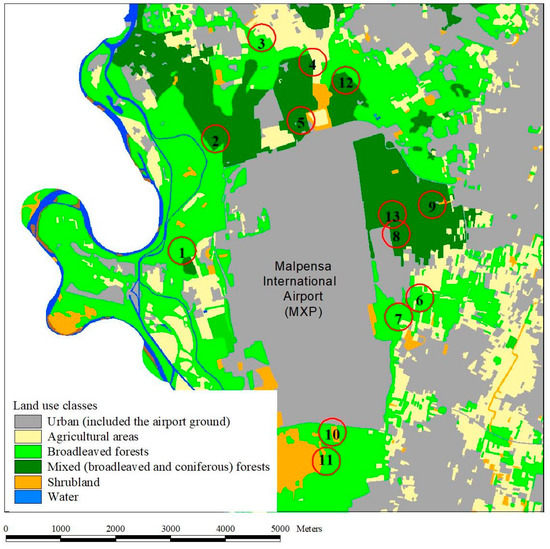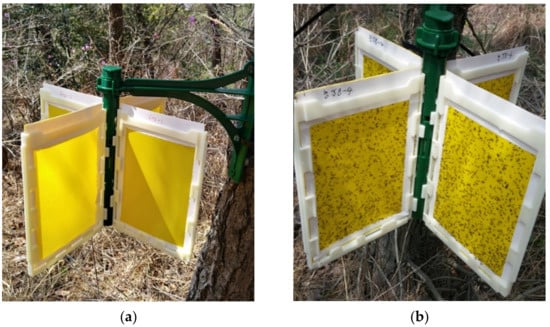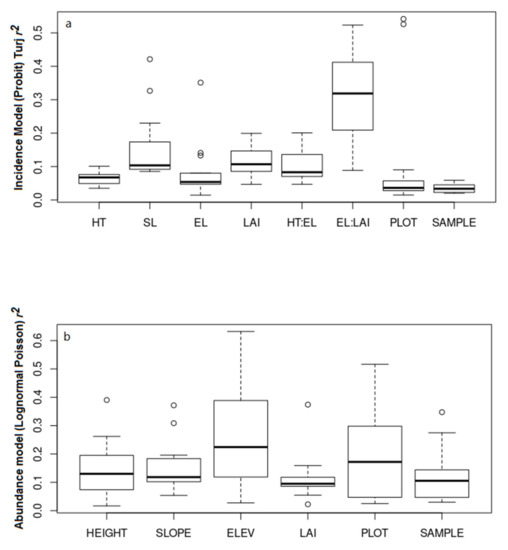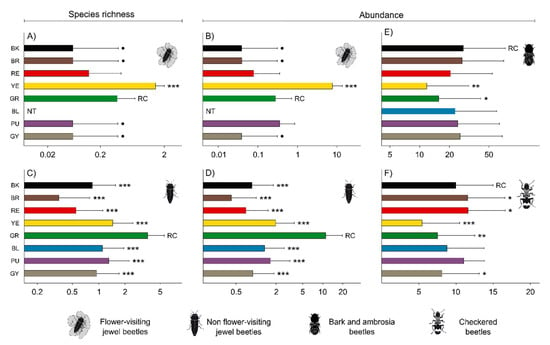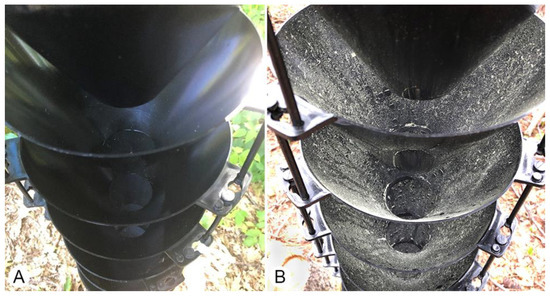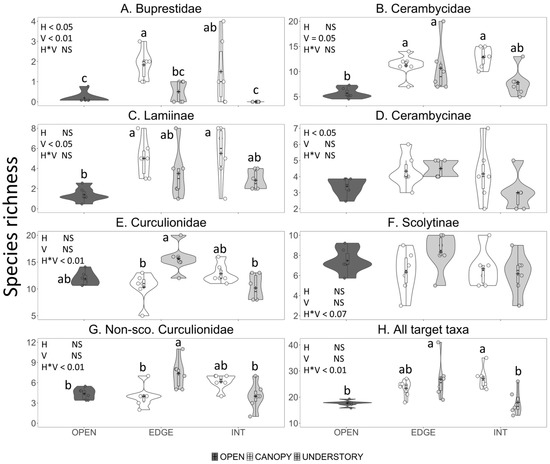Surveillance Tools and Monitoring Strategies for Native and Exotic Forest Insects
A topical collection in Insects (ISSN 2075-4450). This collection belongs to the section "Insect Pest and Vector Management".
Viewed by 28172Editors
Interests: invasive species; surveillance; wood-boring beetles; trapping
Interests: invasive species; surveillance; bark- and wood boring beetles; pest management
Topical Collection Information
Dear Colleagues,
Management of native and non-native forest insect pests is one of the most demanding challenges faced by forest health practitioners. Traps baited with attractants are commonly used for monitoring native species populations as well as for early detection of exotic species introduced through international trade or other means of human movement. Nonetheless, several other tools and approaches have been developed in recent years, including sentinel trees, bio-surveillance with sniffer dogs or predatory wasps, electronic noses, acoustic detection, laser vibrometry, citizen science, genetic identification tools, and remote sensing. This Special Issue welcomes original research articles and reviews focused on the latest developments in surveillance tools and monitoring strategies for native and exotic forest pests.
Dr. Davide Rassati
Dr. Jon Sweeney
Dr. Joseph Francese
Guest Editors
Manuscript Submission Information
Manuscripts should be submitted online at www.mdpi.com by registering and logging in to this website. Once you are registered, click here to go to the submission form. Manuscripts can be submitted until the deadline. All submissions that pass pre-check are peer-reviewed. Accepted papers will be published continuously in the journal (as soon as accepted) and will be listed together on the collection website. Research articles, review articles as well as short communications are invited. For planned papers, a title and short abstract (about 100 words) can be sent to the Editorial Office for announcement on this website.
Submitted manuscripts should not have been published previously, nor be under consideration for publication elsewhere (except conference proceedings papers). All manuscripts are thoroughly refereed through a single-blind peer-review process. A guide for authors and other relevant information for submission of manuscripts is available on the Instructions for Authors page. Insects is an international peer-reviewed open access monthly journal published by MDPI.
Please visit the Instructions for Authors page before submitting a manuscript. The Article Processing Charge (APC) for publication in this open access journal is 2600 CHF (Swiss Francs). Submitted papers should be well formatted and use good English. Authors may use MDPI's English editing service prior to publication or during author revisions.
Keywords
- trapping
- forest insect pests
- surveillance
- monitoring
- early detection
- invasive species







